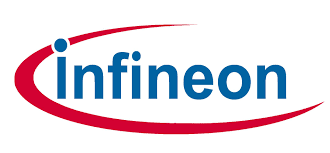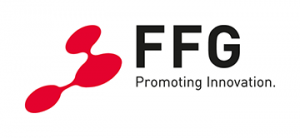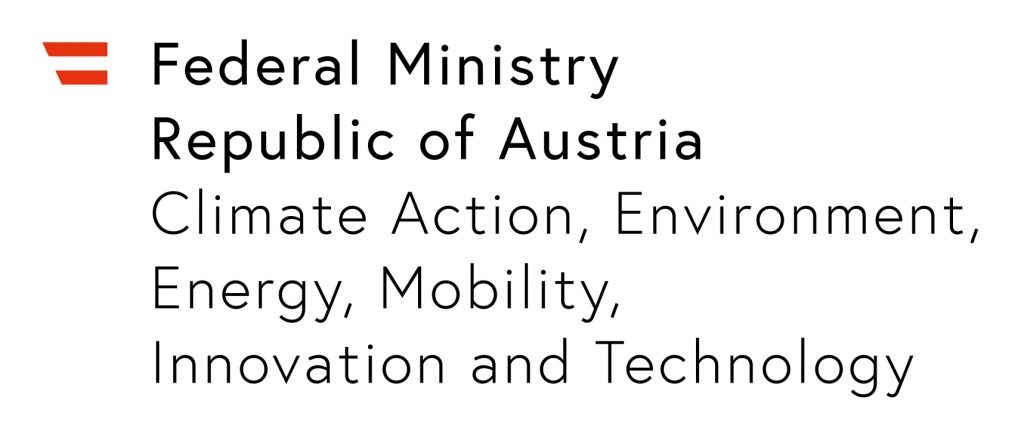The goal of SWILT is to perform agent-based swarm modelling of an industrial plant on the use cases of production scheduling and transportation in logistics. Since the problem sizes in these use cases are extremely large and traditional pre-calculated schedules or transportation tables are not sufficient, the innovation is to use swarm algorithms with reactive local rules on individual agents which are able to compensate dynamic changes in their local vicinity. The SWILT concept embeds the local swarm rules in a three-layered architecture: L1 – central management layer, L2 – swarm control layer, and L3 – autonomous agent layer. Several research questions will be addressed, including choosing suitable algorithms to build up a library, intra- and inter-swarm communication (requirements to join and leave a swarm, data abstraction/fusion/aggregation between layers, requirements to produce a 5G network application), applying scenario-specific swarm intelligence algorithms, and extending swarm approaches with human-in-the-loop concepts.
Local Rules for High Dynamic Production Processes
Optimization of Complex Manufacturing Technologies
Swarms for Semiconductor Industry
Each cyber-physical system (CPS) has strongly intertwined hardware and software components, and is applied in many disciplines such as IoT, smart mobility, smart grids, Industry 4.0 and smart houses. CPSs form networks, and are equipped with multiple sensors and actuators to link the real world with the virtual one. Typically, a CPS does not come alone: using swarms of CPSs increases dynamics, connectivity, and complexity – calling for features like adaptability, scalability, robustness, and self-configuration. Swarms of CPSs are even more complex, hard to control and program. SWILT focusses on swarms of CPSs in industrial plants (e.g., formed of products, machines, or equipment). To handle the complexity of swarms of CPSs, natural systems can serve as inspiration. Therein, many homogeneous agents cooperate without central control, executing simple rules locally. Only through their interactions, a collective behaviour to solve complex tasks emerges.
SWILT considers the use cases of production scheduling and transportation in logistics. Nowadays, linear optimization is performed on a subset of the industrial plant only, cannot deal with the increased complexity and dynamics in production, and thus is unable to cope with the large search space forming an NP-hard problem – not to mention human operators as part of the optimization. Years of experience showed us that algorithms in self-organization can handle NP-hard problems and find good solutions for highly complex problems. The innovation in SWILT is not to produce yet another pre-calculated schedule or routing table, but in applying nature-inspired rules extracted from swarm intelligence algorithms that run locally on the individual agents. This leads to heavily reactive algorithms that are able to compensate dynamic changes in their local vicinity. Thus, the final local algorithms are not static, but process data constantly. The main difference to traditional methods is that a good solution emerges from local behaviour. One innovative goal is a library that collects swarm intelligence algorithms including use case-specific requirements and constraints. This allows structured tests, analysis, and comparison via simulation. Furthermore, managing, observing and coordinating one or many swarm(s) of thousands of autonomous agents in a dynamic environment is a complex task. Therefore, the SWILT concept embeds the local swarm rules in a new three-layered architecture. At the bottom layer (L3)the components are modelled as agents. The second layer (L2) describes the swarm layer, where swarms are composed of these agents, and multiple swarms of different types communicate. Due to e.g. high data rates and low latency, 5G becomes an indispensable component in Industry 4.0. Therefore, we aim to realize L2 as a 5G network application. Finally, the upper layer (L1)represents a central management layer. For this layered SWILT architecture, several research questions will be addressed, including management of layers, data abstraction levels, and extending swarm communication with human-in-the-loop concepts to improve optimization beyond the current approaches. We expect that the research in this project will lead to a TRL 3 that allows the simulation of L1 – L2 – L3 communication and evaluate swarm intelligence algorithms related to the use cases.
Partner
Contact
Lakeside Labs (Coordinator):
Melanie Schranz
Lakeside Labs B04b
9020 Klagenfurt
https://www.lakeside-labs.com/
Infineon Technologies Austria AG
Walter Laure
walter.laure@infineon.com
Siemensstraße 2
9500 Villach
http://www.infineon.com/cms/austria
Novunex GmbH
Lakeside B01
9020 Klagenfurt
https://novunex.com/
University of Klagenfurt
Wilfried Elmenreich
Lakeside B10a
9020 Klagenfurt
https://nes.aau.at/





